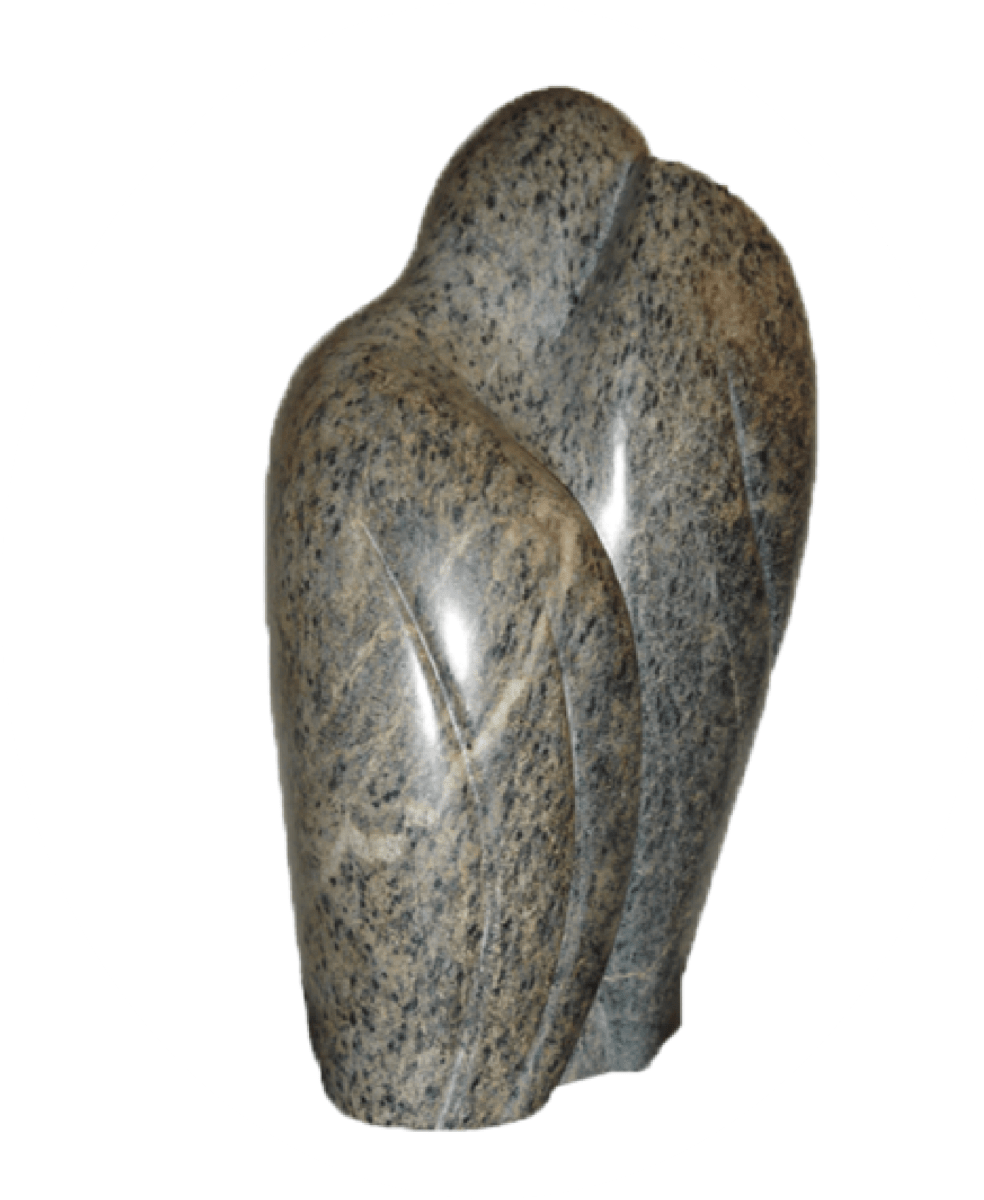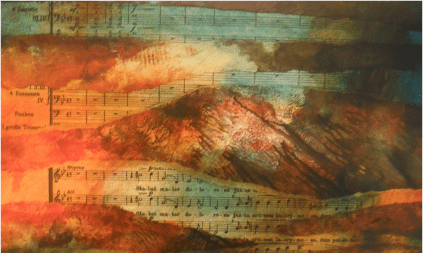Nordic Stabat Mater
About the composer
Bent Lorentzen (part 3: 8.45 minutes) was born in 1935 in Stenvad, and died in 2018 in Copenhagen, Denmark. He studied at Aarhus University and the Royal Danish Academy of Music in Copenhagen, where he graduated in 1960. He was serving as a assistant professor at this Academy and worked as a free lance composer. He is well-known for his operas, but also composed symphonic works, chamber music and vocal music.
Arne Mellnäs (part 2: 5.16 minutes) was born in 1933 in Stockholm, Sweden, where he died in 2002. He studied piano, violin and conducting at the State College of Music in Stockholm and continued his studies in different countries, a.o. with György Ligeti in Vienna. He was a teacher of theory, orchestration and composition at the State College until 1986, then became a free lance composer. He composed orchestral and chamber music, music for choir and several dramatical works.
Svend Nielsen (part 1: 5.48 minutes) was born in 1937 and studied at the Royal Danish Academy of Music in Copenhagen. For thirty years he taught music theory at the Royal Acadamy of Music in Århus. He is regarded as a lyrical composer, influenced by impressionist composers like Ravel and Debussy. He composed symphonies as well as cantatas, of which the best known is “Impera” for choir and orchestra, on a poem by the Danish poet Sophus Clausen.
Ib Nørholm (part 5: 7.08 minutes) was born 1931 and studied at the Royal Danish Academy of Music in Copenhagen. He is regarded as one of Denmark’s most important composers of symphonies (composing ten very different symphonies). He has continuously experimented with musical forms and has developed into a solitary figure and model in Danish music. Nørholm died in 2019.
Sven-David Sandström (part 4: 7.18 minutes) was born in 1942 in Borensberg, and died in 2019 in Stockholm, Sweden. He, too, studied with György Ligeti. A well-known composer in Sweden, he has composed numerous works characterized by a strong personal expression, often with a heavily religious character in his choral works. His Requiem is a central work in this respect.
About the Stabat Mater
| Date: | 2000 |
| Performers: | Choir and Cello, but in one stanza a soprano and an alto have a solo. A tenor sings the final word. |
| Length: | 34.15 minutes |
| Particulars: | The Stabat Mater was commissioned by the Camerata Chamber Choir. They chose 5 composers from the same generation, hoping that some kind of common musical language, a Nordic idiom, would develop, uniting the parts. The composers were given the original plain chant (use it or not), but they had to start and to end on the note "a". Each received the text of 4 stanzas, their compositions should have a length of 5-7 minutes and should be composed for choir and solo cello. |
| Textual variations: | The "Vatican"-version of the text is used, but with one variation, after the final "Amen" the word "Halleluja" is added. |
| Colour bar: |
|
Information about the recording
| CD: | Universal UMD 472 091 2: Nordic Stabat Mater |
| More info: | The Stabat Mater was commissioned by the Camerata Chamber Choir in connection with a cultural project “Voices through 1000 years”. It was recorded at the Skálhult Church in Iceland, September 2000. |
| Choir: | Camerata Chamber Choir |
| Conductor: | Michael Bojesen |
| Soloists: | Anni Mogensen, soprano |
| Other works: | Arne Mellnäs: Laude (Il cantico di frate sole) |
| Code: | NOR-01 |
Listen





